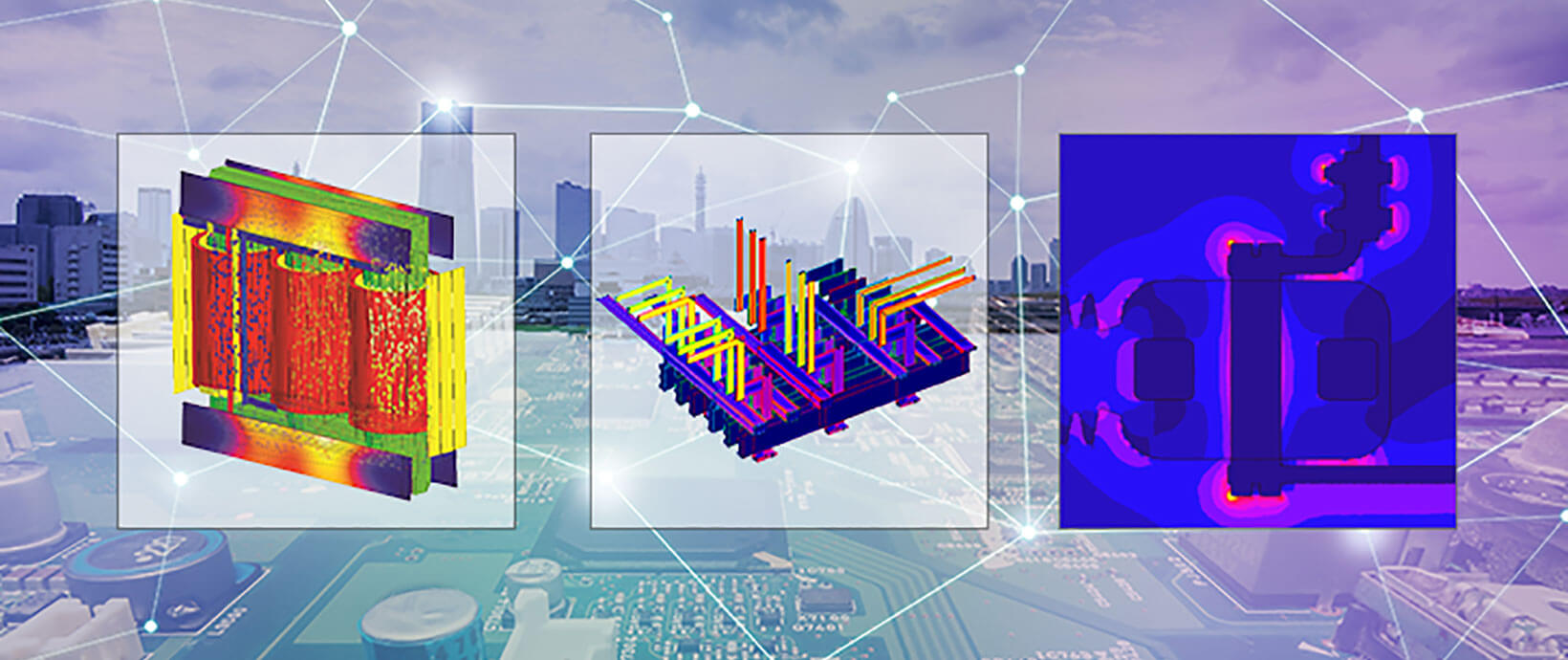Can Our Power Grid Support the Electrification Revolution?
Representatives from 200 countries met in Glasgow this November for the 2021 United Nations Climate Change Conference, also known as COP26. Nations around the world are committing substantial resources to reducing carbon emissions to slow the rate of climate change. Replacing fossil fuels through electrification is a key step toward achieving the goals of COP26, and billions of dollars are being invested in renewable power sources like solar, wind, and hydroelectric power, as well as the development of innovative electric vehicles.
Experts agree – it’s imperative to transition to renewable power sources as soon as possible, but in a world where electric cars are ubiquitous, homes and buildings are heated with electricity instead of natural gas, and carbon-neutral electricity is readily available to everyone, we’ll be demanding a lot more electricity. We must ask ourselves: Is our current power grid equipped to handle this increased demand?
Challenges of Modernizing the Grid
HBO’s “Last Week Tonight” with John Oliver discussed the current state of the U.S. power grid in their November 8th episode. In the U.S., an expansive, aging power grid makes it difficult to deliver the sustainable power needed to support the demands of modern society. Most power lines are passing their intended lifespan since most were built in the 1950s and 1960s with a 50-year life expectancy; in addition, extreme weather exacerbated by climate change has intensified the wear on these critical lines. Power grid engineers face great pressure to develop modern solutions to replace these outdated pieces of infrastructure.
Furthermore, fossil fuel power plants have an advantage, since they can be built virtually anywhere they’re needed to support a given population’s energy demands. The reality is that we can’t replace every coal power plant with a wind turbine. Wind and solar plants are only viable where conditions are favorable – where wind or sunlight is strong and available. A study by David Gardiner and Associates for the Wind Energy Foundation found that just 15 states in the middle of the country make up 88% of the wind and solar energy production potential, but only 30% of potential demand. This means transmission lines will need to distribute power across great distances to reach coastal cities and major urban hubs.
Developing Efficient Energy Solutions with Simulation
To make energy generation more efficient, transmissible, and distributable, power grid equipment engineers are turning to simulation. Altair® Flux® ensures robust electrical and thermal analyses to attain the highest levels of efficiency, thereby reducing energy losses and optimizing global equipment performance.
Whatever the source of energy is, engineers want generators to convert motive power into as much electrical power as possible. From kilowatts to megawatts, Flux can perform electromagnetic analysis that increases generator performance while remaining light enough to be positioned on a wind turbine or integrated into tidal equipment.
When upgrading an energy grid, the equipment must stand the test of time. Hard-to-access equipment has to maintain its performance, so extending service life and averting downtime is crucial. Failures in critical high-voltage equipment like power transformers, circuit breakers, and insulators are incredibly costly, so with the global trend to operate equipment closer to their performance limit, Altair’s solutions include structural constraints to evaluate fault risks accurately and comprehensively. Coupling Flux to Altair’s extensive suite of physics solvers allows users to address multi-domain optimization to improve overall installation efficiency, optimize the fluid flow energy transmission to the equipment, predict the best gear ratio to the generator to optimize production, optimize its cooling, and more.
Ensuring Reliable Energy Transmission
The analysis of cables, power lines, and bus bars are of particular importance to electrical transmission, but predicting their performance is often difficult without simulation tools. These complex systems involve magnetic, electric, thermal, and power network field domains and constraints. Altair provides solutions for in-depth analysis to predict different phenomenon from each of these domains. Magnetic simulation includes tools for modeling radiated fields, magnetic fields, power system quality, and kin and proximity effects. Users can also analyze the breakdown of electric fields, current sharing, and over-voltages, as well as thermal phenomenon like heating based on skin effect, thermal networks, thermal conditions in submarine cables, and more.

Developing Smart Grids with IoT and Digital Twins
Equipment remote monitoring gives grids the flexibility to adapt to the provisioning of high power while controlling the local electrical production. From load balancing, to peak curtailment and time-of-use pricing, the Internet of Things (IoT) has become key to support demand response and develop new services.
Harnessing the full power of artificial intelligence, analytics, and IoT, AltairTM SmartWorks® is our next-generation, cloud-native enterprise data ecosystem. SmartWorks delivers dynamic tools and a collaborative environment for teams across an enterprise to solve complex problems, accelerate transformation, and drive business value. SmartWorks is ideal for developing, deploying, and maintaining smart grid or smart cities projects, and makes it easy to collect data from connected equipment, store it, and build powerful applications.
Dynamic digital representations, also called digital twins, use sensor data to mirror equipment to understand and optimize their performance. Thanks to the integration of SmartWorks with Altair’s simulation products, co-engineering interacting networks of physical and computational components improve engineers’ ability to understand and predict future grid performance.
Want to learn more about simulation-driven design for power grid equipment? Check out the Flux webinar series: https://www.altair.com/resource/flux-power-grid-webinar-series.




